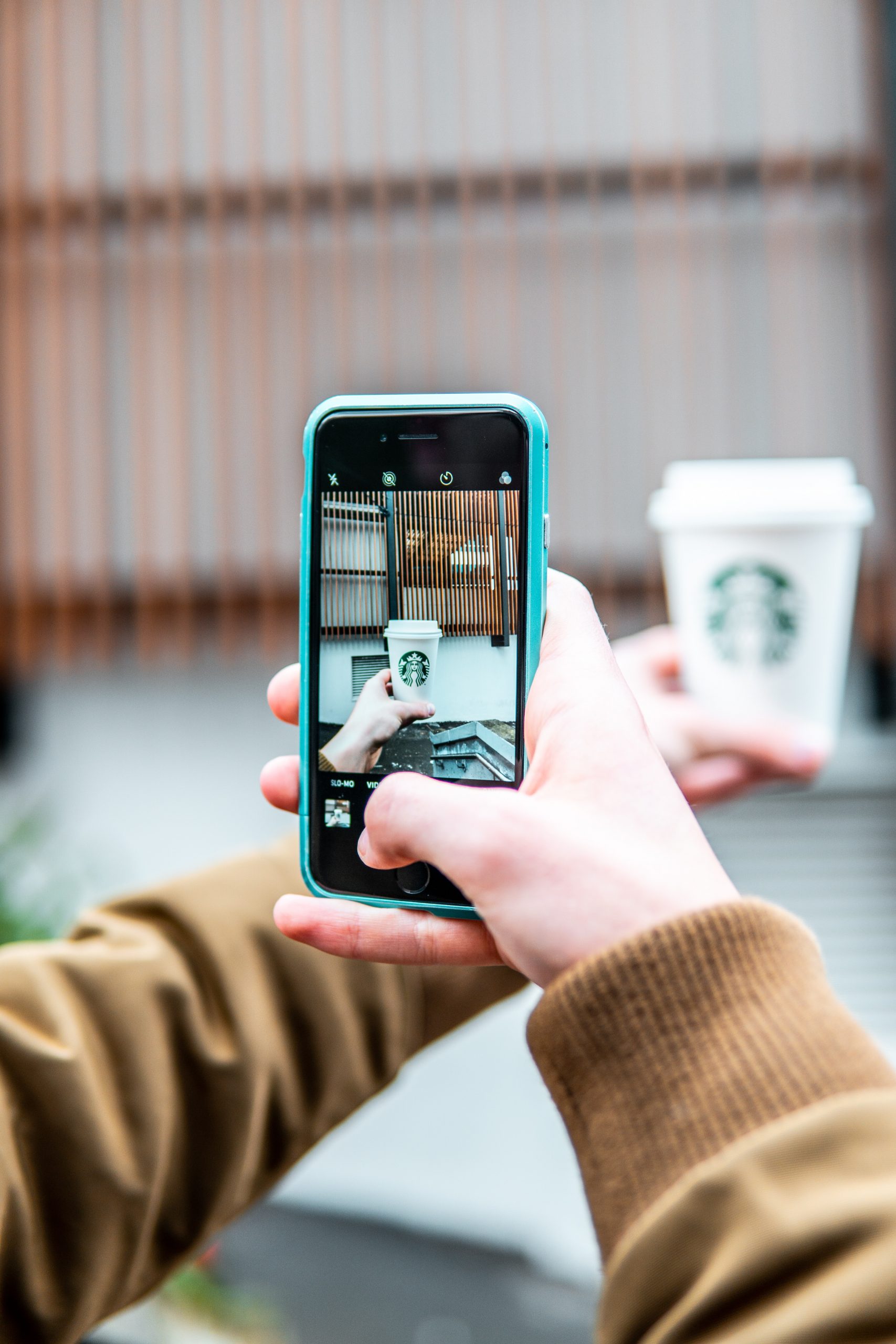When’s the last time you spent more than an hour with your smartphone away from arm’s reach? When’s the last time you went more than 24 hours without checking your e-mail? Do you check your phone in the bathroom? Is the last thing you do before you fall asleep checking your phone? Is the first thing you do in the morning to reach for your smartphone?
This past weekend, I spent three days completely disconnected from all digital devices and free from screen time at Esalen Institute. Each time I go on a retreat and have an opportunity to go without the constant addiction connection, I am reminded that I am in fact happiest when I have a lot less screen time and more time in nature. Leisurely hanging out at the baths overlooking the Pacific Ocean, exchanging small details of life with people, and really having an opportunity to slow down gives me the space to step back and look at things from a 10,000-foot perspective.
If you feel as though you’ve developed an unhealthy relationship with your digital technology, you are not alone. There are now camps for adults where techies and other Silicon Valley types gather for “Digital Detox.”
Here are some tips that I’ve found to be useful for cultivating a healthy relationship with digital technology:
1. Start With Awareness
This is the first step to making any life change. If you aren’t aware of the problem, you can’t begin to address it. Start to pay attention to your digital device use. Before you check your e-mail, pause, and ask yourself, “When’s the last time I checked e-mail?” If it’s only been 4 minutes, is it really necessary to check your e-mail?
What need is the constant connection serving? Is it soothing boredom, loneliness, anxiety, or the constant need to be doing something? Most likely, it’s a very strong habitual behavior.
2. Choose Alternative Activities
Once you’ve started to pay attention to your digital use habit, we need to replace that habit with other behaviors. Ask yourself: “What are some activities I’d love to add to my day?” Choose something you can do in a short period of time, for example, reading a book for 10 minutes, getting up from your desk and stretching your legs, talking to your co-workers, sipping tea, or simply closing your eyes and practicing 4-7-8 breathing exercise.
How about buying a pack of thank you cards and expressing gratitude to someone you care about?
Make a list of 5 – 10 activities you can do instead of mindlessly staring at your phone.
3. Have Smartphone-Free Zones
Intentionally choose places where you will not bring your smartphone. You can have firm rules — no smartphone in the bedroom — or experiment with leaving your smartphone in the car when you’re grocery shopping. One rule that I’ve found to be extremely helpful is having a screen-free bedroom. This includes all screens — iPhone, iPad, TV, etc.
First, this is useful because if I happen to get up in the middle of the night, I’m not tempted to check my phone (which inevitably will lead to difficulty falling back asleep) and also, not checking the phone first thing in the morning. When you check your e-mail first thing in the morning, you are allowing other people’s priority to become your priority.
Stay tuned for Part II for more tips on changing your relationship with digital technology! If you have some tips you’ve found to be helpful, please let me know by email [email protected] or Tweet @jeena_cho.
This article previously appeared on Above the Law.

